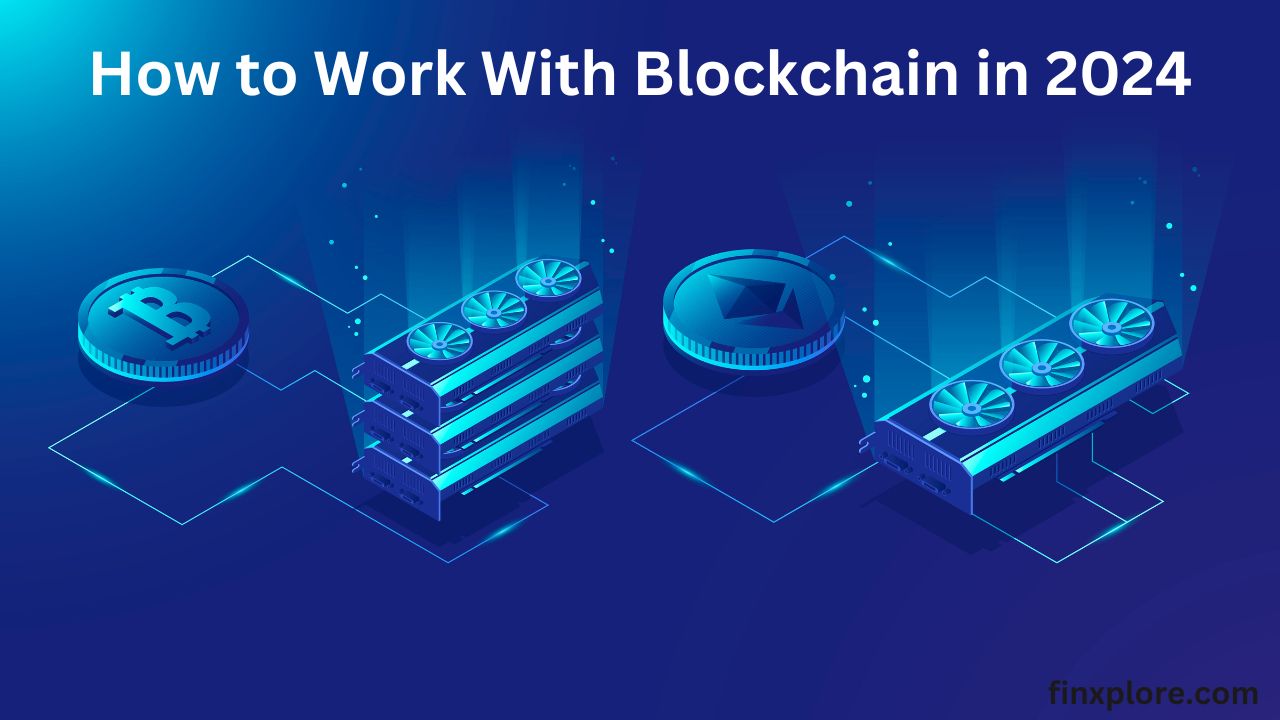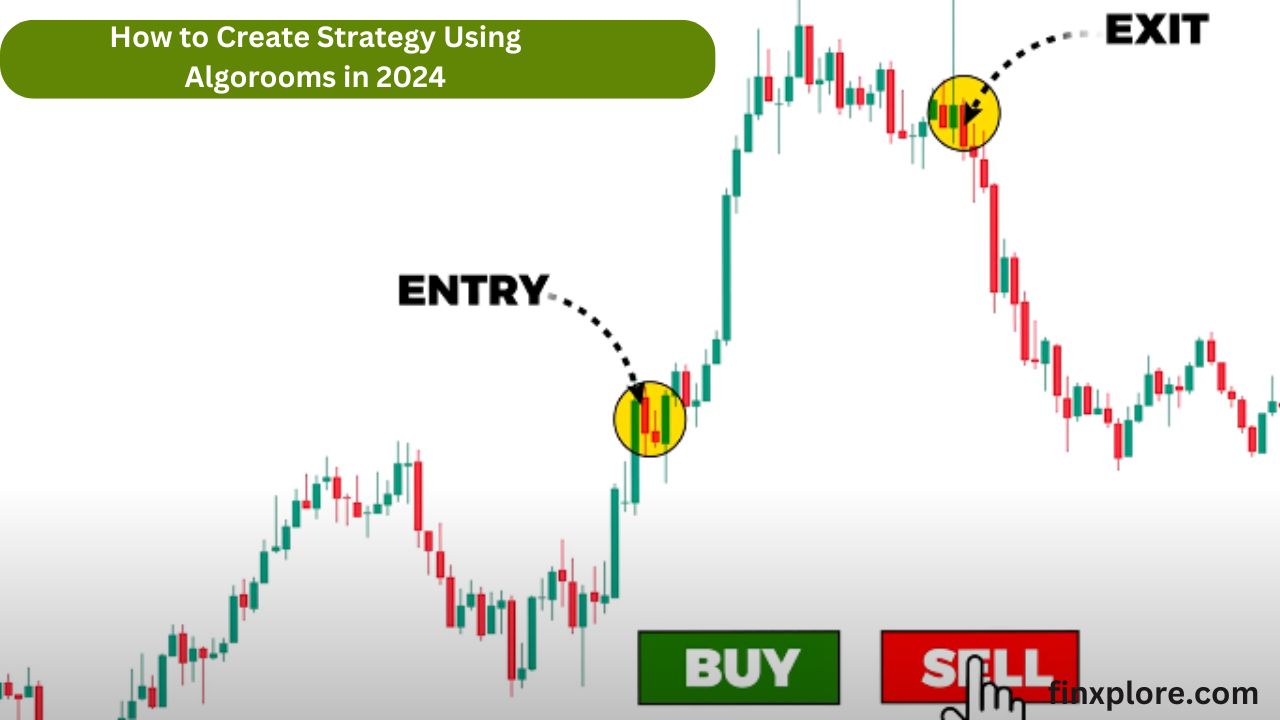One of the hottest topics in today’s digital world is cryptocurrency mining. With all the confusion about how and where to begin crypto mining, here is a beginner’s guide to help. We will try to break down everything into simple, basic steps so it would be very easy, even for beginners-be they students or freshers in technology.
In this post, we will be covering some very basic topics, such as: what crypto mining is, different types of mining, what tools you need, and how to have your setup work for you. We also provide some really helpful tips to get you on your way to success!

What is Cryptocurrency Mining?
Table of Contents
It is essentially using hardware computers to solve complex mathematical problems validating transactions across the blockchain network, such as Bitcoin or Ethereum. Miners shall be rewarded with cryptocurrencies for the work to be done; thus, the process becomes rather exciting to earn digital money.
Think of mining as solving a big puzzle: whoever’s computer around the world solves it first wins the prize. Today, however, mining is more difficult, and to mine profitably, you need special knowledge and equipment.
Why Should You Start Mining?
Earn Cryptocurrency: Mining can be profitable if done correctly. It’s a way to earn Bitcoin or other cryptocurrencies without having to buy them.
Support the Network: By mining, you help keep the cryptocurrency network secure and functioning by verifying transactions.
Be Part of Innovation: Crypto mining is part of a revolutionary technology that’s shaping the future of finance.
Types of Cryptocurrency Mining
Before you start, it’s essential to choose the right type of mining for you. There are different ways to mine cryptocurrency, and each method has its pros and cons:
1. CPU Mining
What it is: CPU mining uses your computer’s central processing unit (CPU) to mine.
Pros: It’s easy to get started—most computers have a CPU. You don’t need to buy any extra equipment.
Cons: CPU mining is slow and not very profitable for most cryptocurrencies like Bitcoin because they require high computational power.
Good For: Smaller or newer cryptocurrencies like Monero (XMR).
2. GPU Mining
What it is: This method uses graphics processing units (GPUs), which are more powerful than CPUs.
Pros: Faster and more efficient than CPU mining, and it’s great for mining many altcoins like Ethereum (ETH).
Cons: Requires a good graphics card, which can be expensive.
Good For: Ethereum, Litecoin, and other altcoins.
3. ASIC Mining
What it is: ASIC (Application-Specific Integrated Circuit) miners are machines designed specifically for mining a particular cryptocurrency, like Bitcoin.
Pros: Extremely fast and efficient.
Cons: Very expensive and limited to specific coins.
Good For: Bitcoin, Litecoin.
4. Cloud Mining
- What it is: Cloud mining allows you to rent mining hardware from a company instead of buying it yourself.
- Pros: No need for expensive equipment or high electricity costs.
- Cons: You don’t control the hardware, and there are risks of scams or low profits due to fees.
- Good For: People who don’t want the hassle of managing hardware.
Getting Started with Crypto Mining
Now that you know the different types of mining, let’s dive into the steps to get started:
1. Choose the Right Cryptocurrency
First, you have to decide which cryptocurrency you want to mine. Bitcoin is the most popular one, but it is also the most challenging to mine since it has lots of competition and requires very expensive equipment. For a beginner, altcoins like Ethereum or Monero could be more reasonable to start with.
2. Get the Right Hardware
Your choice of hardware will depend on the type of mining you choose:
- CPU Mining: Any modern computer with a decent processor can get started.
- GPU Mining: Invest in a good graphics card (Nvidia or AMD). Look for models like the Nvidia RTX 3080 or AMD RX 6800 XT.
- ASIC Mining: If you go this route, buy an ASIC miner specific to your chosen cryptocurrency, like the Antminer S19 for Bitcoin.
3. Download Mining Software
Next, you’ll need to install mining software that matches your hardware and the coin you want to mine. Here are some popular options:
- CPU/GPU Mining: Try software like NiceHash or CGMiner. These are user-friendly for beginners.
- ASIC Mining: Most ASIC miners come with their software, but you can also use BFGMiner or Awesome Miner.
- Cloud Mining: If you opt for cloud mining, the service provider will usually handle the software setup for you.
4. Join a Mining Pool
Solo mining is rather challenging and less rewarding; it is, therefore, wise to join a mining pool. A mining pool is a group of miners who collectively contribute by combining their mining powers to increase their chances of winning a reward. Popular mining pools include F2Pool, Slush Pool, and Antpool.
- How it Works: You earn a share of the rewards based on the computing power you contribute to the pool.
- Pool Fees: Most mining pools charge a small fee (1-3%) of your earnings.
5. Set Up Your Wallet
You need a wallet to receive the cryptocurrency you earn from mining. There are many types of wallets, including:
- Hardware Wallets (e.g., Ledger, Trezor) for maximum security.
- Software Wallets (e.g., Exodus, Trust Wallet) for easy access on your computer or smartphone.
Make sure you choose a wallet that supports the cryptocurrency you’re mining.
6. Start Mining
Once your hardware and software are ready, it’s time to start mining! Run your mining software and monitor its performance regularly. Don’t forget to keep an eye on the electricity costs, as mining can use a lot of power
Costs and Profitability
Mining isn’t free—there are some costs involved:
- Hardware Costs: ASIC miners can cost several thousand dollars, while a good GPU might be a few hundred to over a thousand dollars.
- Electricity Costs: Mining uses a lot of electricity, so make sure you calculate your local electricity rates to see if mining is profitable.
- Pool Fees: As mentioned earlier, most mining pools charge a small fee.
To determine if you’ll make a profit, use an online mining calculator. Enter your hardware’s specifications and electricity costs to estimate your potential earnings.
How to Start Crypto Mining for Beginners: A Simple Guide
Cryptocurrency mining is a hot topic in today’s digital world. If you’re wondering how to start crypto mining but are unsure where to begin, this guide is here to help. We will break down everything into simple steps, making it easy even for beginners, including students or those new to technology.
In this blog post, we will cover the essentials like what crypto mining is, the different types of mining, the tools you need, and how to make your setup work for you. Plus, we’ll share useful tips to help you succeed!
What is Cryptocurrency Mining?
Cryptocurrency mining is the process of using computer hardware to solve complex mathematical problems that validate transactions in a blockchain network, like Bitcoin or Ethereum. Miners are rewarded with cryptocurrency for their work, making it an exciting way to earn digital money.
Think of mining as unlocking a puzzle—when your computer solves the puzzle first, you win the prize! However, today, mining has become more challenging, and you need specific equipment and know-how to make it profitable.
Why Should You Start Mining?
- Earn Cryptocurrency: Mining can be profitable if done correctly. It’s a way to earn Bitcoin or other cryptocurrencies without having to buy them.
- Support the Network: By mining, you help keep the cryptocurrency network secure and functioning by verifying transactions.
- Be Part of Innovation: Crypto mining is part of a revolutionary technology that’s shaping the future of finance.
Types of Cryptocurrency Mining
Before you start, it’s essential to choose the right type of mining for you. There are different ways to mine cryptocurrency, and each method has its pros and cons:
1. CPU Mining
- What it is: CPU mining uses your computer’s central processing unit (CPU) to mine.
- Pros: It’s easy to get started—most computers have a CPU. You don’t need to buy any extra equipment.
- Cons: CPU mining is slow and not very profitable for most cryptocurrencies like Bitcoin because they require high computational power.
- Good For: Smaller or newer cryptocurrencies like Monero (XMR).
2. GPU Mining
- What it is: This method uses graphics processing units (GPUs), which are more powerful than CPUs.
- Pros: Faster and more efficient than CPU mining, and it’s great for mining many altcoins like Ethereum (ETH).
- Cons: Requires a good graphics card, which can be expensive.
- Good For: Ethereum, Litecoin, and other altcoins.
3. ASIC Mining
- What it is: ASIC (Application-Specific Integrated Circuit) miners are machines designed specifically for mining a particular cryptocurrency, like Bitcoin.
- Pros: Extremely fast and efficient.
- Cons: Very expensive and limited to specific coins.
- Good For: Bitcoin, Litecoin.
4. Cloud Mining
- What it is: Cloud mining allows you to rent mining hardware from a company instead of buying it yourself.
- Pros: No need for expensive equipment or high electricity costs.
- Cons: You don’t control the hardware, and there are risks of scams or low profits due to fees.
- Good For: People who don’t want the hassle of managing hardware.
Getting Started with Crypto Mining
Now that you know the different types of mining, let’s dive into the steps to get started:
1. Choose the Right Cryptocurrency
Start by deciding which cryptocurrency you want to mine. Bitcoin is the most famous, but it’s also the hardest to mine due to high competition and expensive equipment needs. For beginners, you might want to start with altcoins like Ethereum or Monero, which are easier to mine.
2. Get the Right Hardware
Your choice of hardware will depend on the type of mining you choose:
- CPU Mining: Any modern computer with a decent processor can get started.
- GPU Mining: Invest in a good graphics card (Nvidia or AMD). Look for models like the Nvidia RTX 3080 or AMD RX 6800 XT.
- ASIC Mining: If you go this route, buy an ASIC miner specific to your chosen cryptocurrency, like the Antminer S19 for Bitcoin.
3. Download Mining Software
Next, you’ll need to install mining software that matches your hardware and the coin you want to mine. Here are some popular options:
- CPU/GPU Mining: Try software like NiceHash or CGMiner. These are user-friendly for beginners.
- ASIC Mining: Most ASIC miners come with their software, but you can also use BFGMiner or Awesome Miner.
- Cloud Mining: If you opt for cloud mining, the service provider will usually handle the software setup for you.
4. Join a Mining Pool
Mining alone (solo mining) can be tough and less profitable. Instead, join a mining pool, where miners combine their computing power to increase their chances of earning rewards. Some popular mining pools are F2Pool, Slush Pool, and Antpool.
- How it Works: You earn a share of the rewards based on the computing power you contribute to the pool.
- Pool Fees: Most mining pools charge a small fee (1-3%) of your earnings.
5. Set Up Your Wallet
You need a wallet to receive the cryptocurrency you earn from mining. There are many types of wallets, including:
- Hardware Wallets (e.g., Ledger, Trezor) for maximum security.
- Software Wallets (e.g., Exodus, Trust Wallet) for easy access on your computer or smartphone.
Make sure you choose a wallet that supports the cryptocurrency you’re mining.
6. Start Mining
Once your hardware and software are ready, it’s time to start mining! Run your mining software and monitor its performance regularly. Don’t forget to keep an eye on the electricity costs, as mining can use a lot of power.
Costs and Profitability
Mining isn’t free—there are some costs involved:
- Hardware Costs: ASIC miners can cost several thousand dollars, while a good GPU might be a few hundred to over a thousand dollars.
- Electricity Costs: Mining uses a lot of electricity, so make sure you calculate your local electricity rates to see if mining is profitable.
- Pool Fees: As mentioned earlier, most mining pools charge a small fee.
To determine if you’ll make a profit, use an online mining calculator. Enter your hardware’s specifications and electricity costs to estimate your potential earnings.
Tips for Success in Crypto Mining
- Start Small: If you’re a beginner, it’s best to start with a small investment and gradually build your way up.
- Research: Always stay updated on cryptocurrency news and trends, as the market can change quickly.
- Keep Your Hardware Cool: Mining equipment generates heat, so ensure your setup is in a well-ventilated area to prevent overheating.
- Diversify: If one coin becomes too difficult to mine, switch to another one that’s more profitable.
Final Thoughts
The whole process of crypto mining is pretty exciting, especially for those interested in the world of cryptocurrencies. If one follows these simple steps, he or she can enter this adventurous world of mining and probably be rewarded with digital coins. Remember, the way to success lies in carrying out an efficient Preliminary Research Study, making judicious investments in hardware, and finally keeping a tab on your profits.
With that, are you ready to kick-start your cryptocurrency mining? Take it one step at a time-the next thing you know, you may unlock your first block reward!






